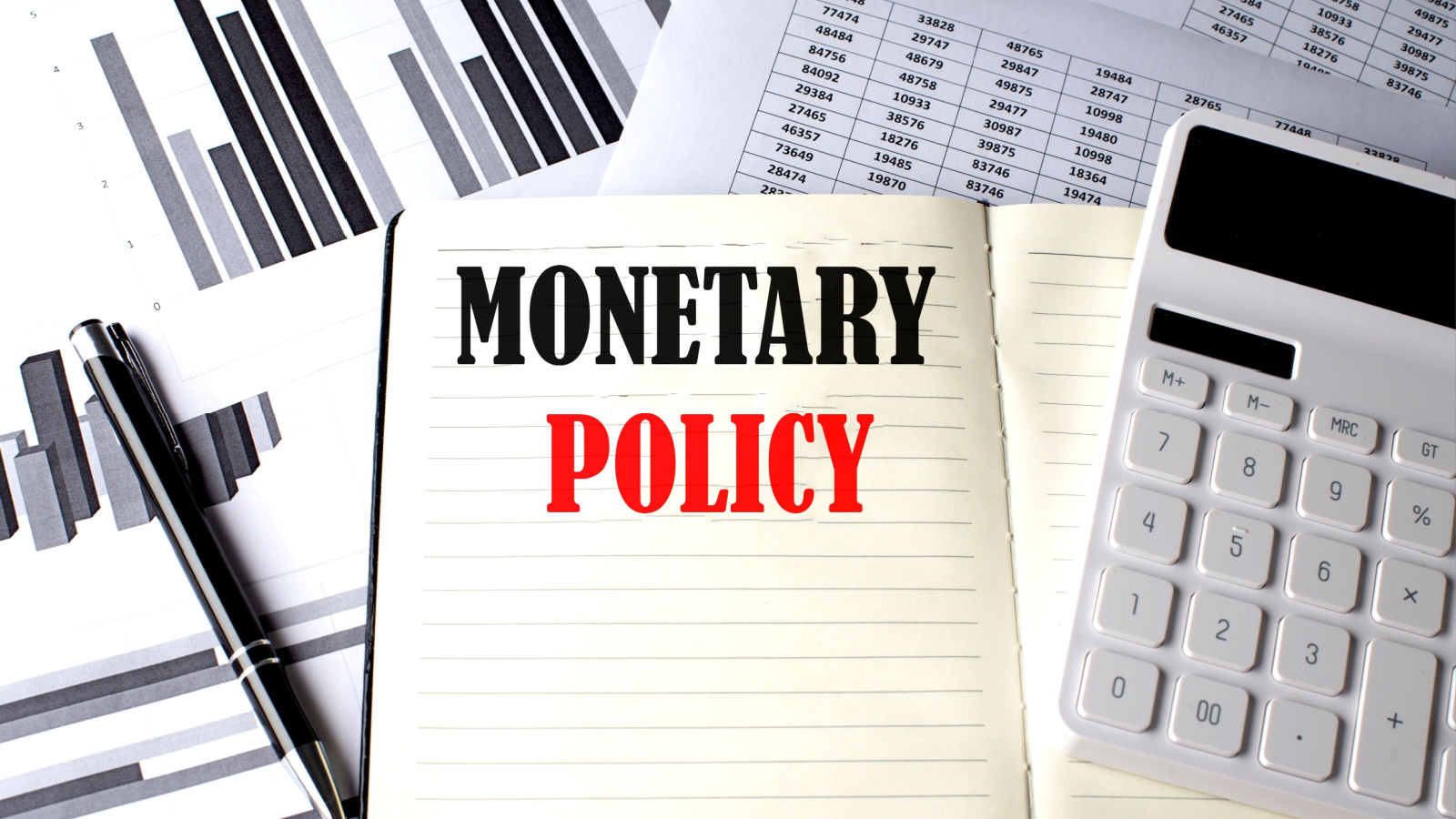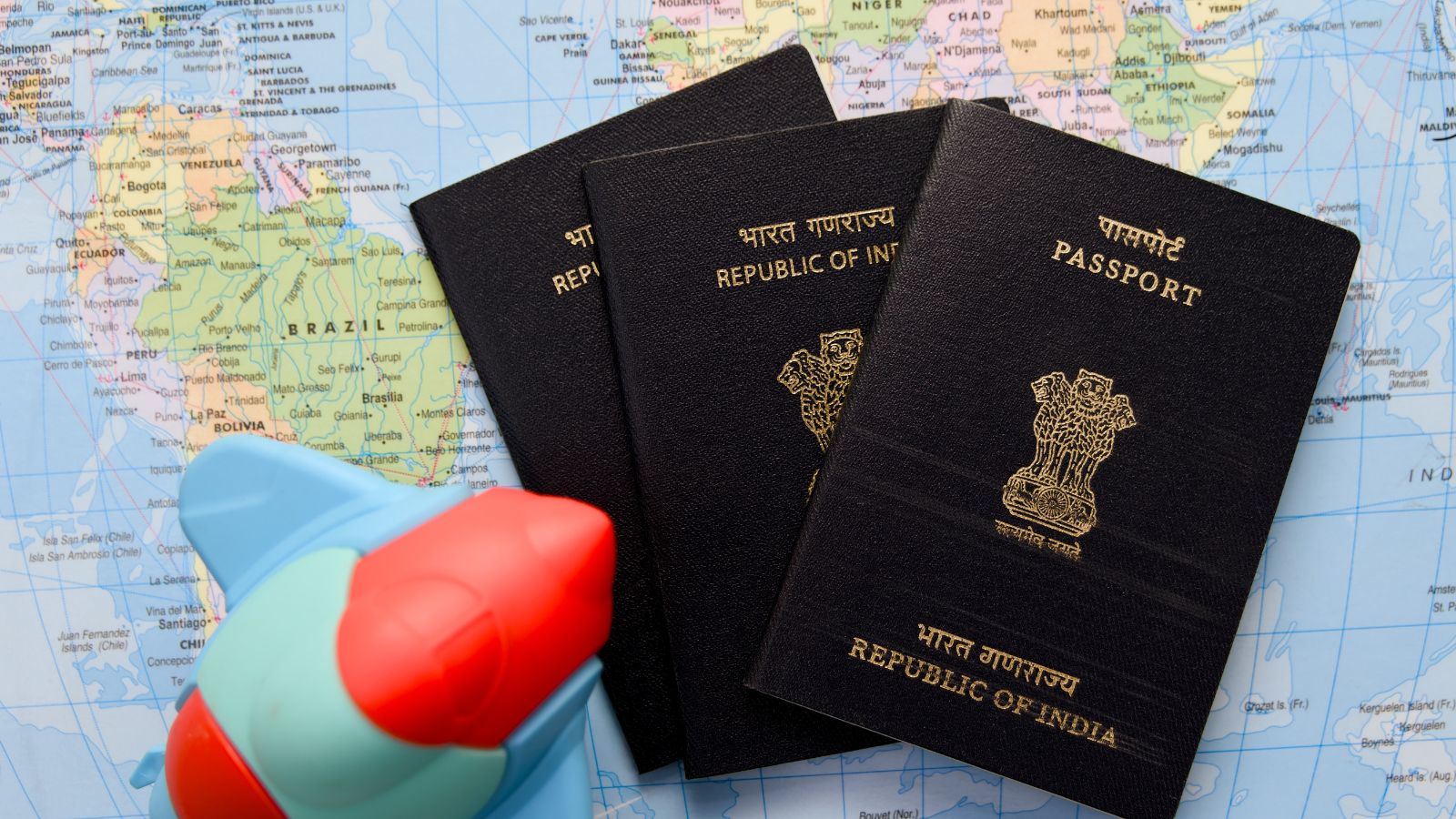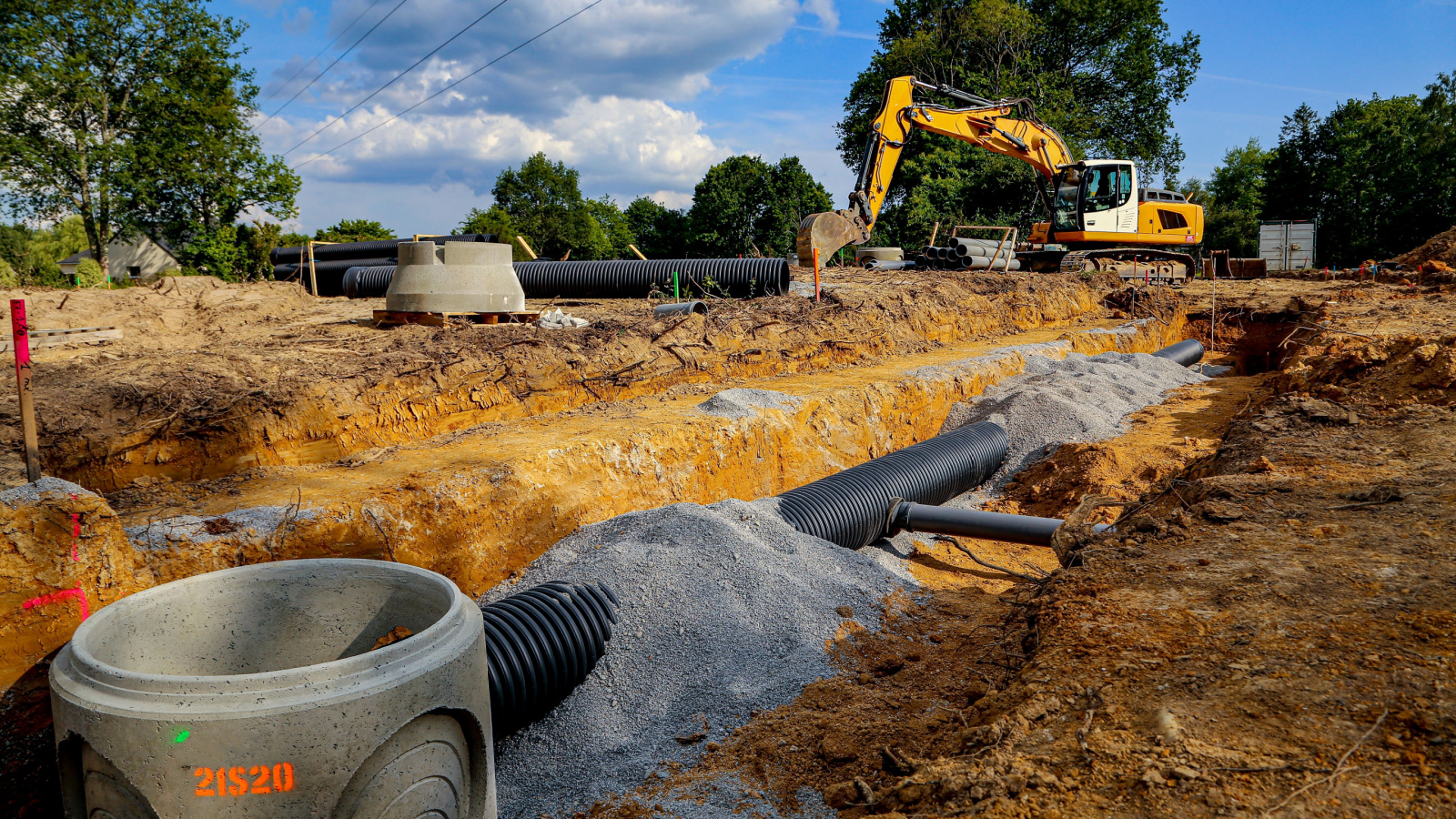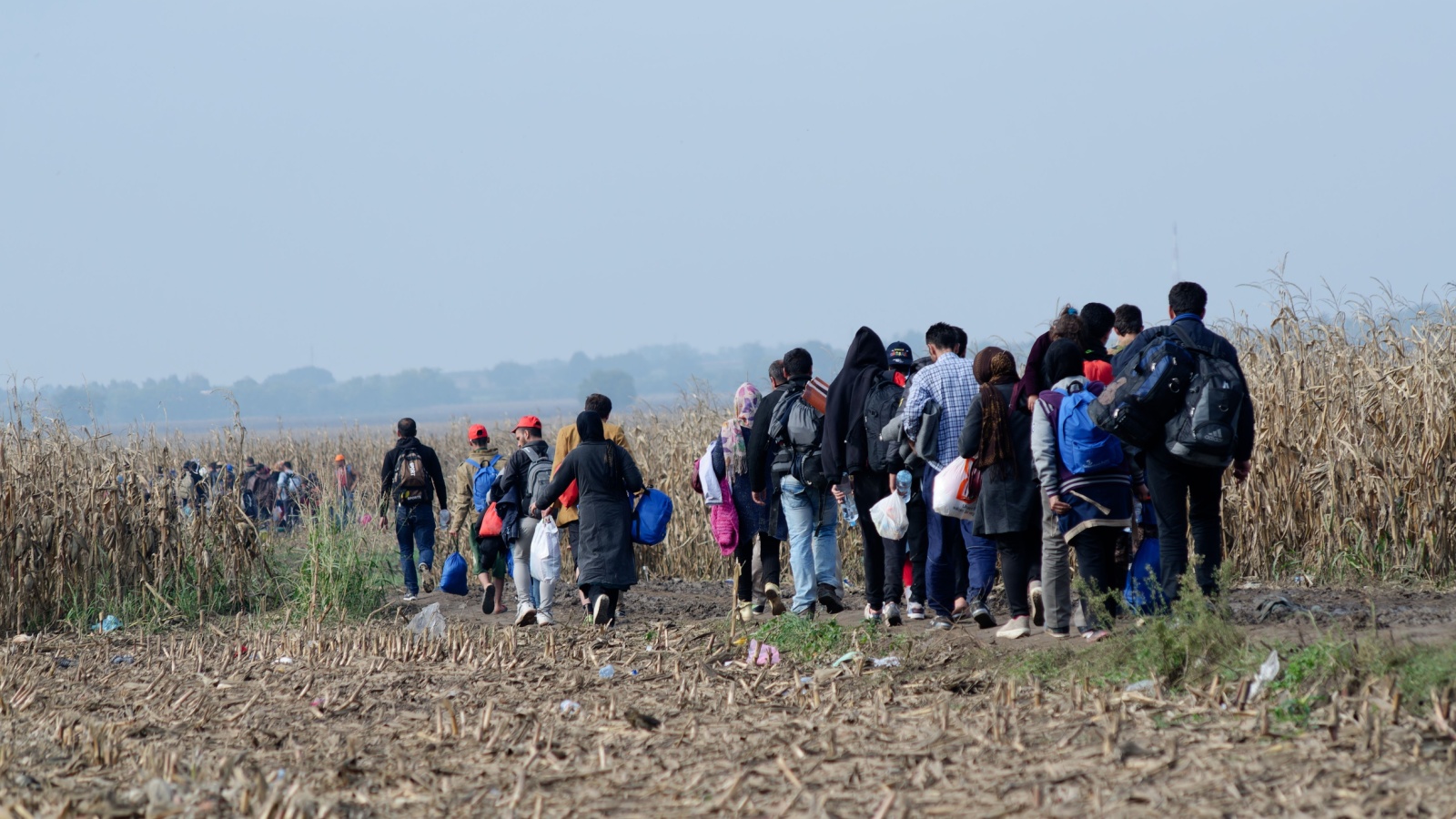Canada doesn’t always make headlines for dramatic political shifts or sudden economic swings. Its stability, both politically and economically, is one of its greatest strengths. Whether it’s a resilient banking system, reliable public institutions, or a balanced immigration policy, Canada consistently chooses long-term planning over short-term gains. Here are 23 ways Canada’s stability is its secret weapon.
Strong Financial System

Canada’s financial system is built on strong foundations, including responsible lending practices, prudent regulation, and effective supervision. The country’s major banks are well-capitalized and diversified, and stress-tested regularly to withstand economic shocks. Financial institutions operate under strict rules from agencies like the Office of the Superintendent of Financial Institutions (OSFI) and the Bank of Canada. This framework promotes public confidence, supports long-term economic growth, and protects consumers and investors from instability during global downturns.
High Credit Ratings and Fiscal Discipline

Canada consistently earns top-tier credit ratings from agencies like Moody’s, S&P, and Fitch. These ratings reflect the country’s strong track record of responsible budgeting, manageable debt levels, and reliable tax revenues. The federal government has shown the ability to respond to crises—such as the COVID-19 pandemic—without losing market trust. This level of fiscal discipline allows Canada to borrow at low interest rates, maintain investor confidence, and preserve funding for essential public services.
Stable Banking Sector with Sound Regulation

Canada’s banking sector is ranked among the most stable in the world. The “Big Five” banks dominate the market, providing nationwide services and maintaining strong capital reserves. Regulations are enforced uniformly, with stress testing and risk oversight built into the system. Unlike fragmented or loosely regulated systems, Canada’s banks follow consistent rules that reduce systemic risk. Failures are rare, and consumer deposits are protected under federal insurance programs like the Canada Deposit Insurance Corporation (CDIC).
Effective Monetary Policy and Inflation Control

The Bank of Canada plays a central role in maintaining price stability through clear inflation targeting, currently set at 2% within a 1%–3% range. By adjusting interest rates based on economic indicators, the Bank responds to inflation or deflation risks in a timely and transparent manner. This steady approach helps manage consumer expectations, preserve purchasing power, and support long-term economic growth. The Bank’s independence from political influence adds to its credibility and effectiveness.
Low Household Debt Risk (relative resilience)

Although household debt levels in Canada are high, the system has built-in checks that promote resilience. Lending practices are tightly regulated, and borrowers must pass strict mortgage stress tests before being approved. Most mortgages are issued by stable, federally regulated institutions. Recent policy actions—such as loan-to-income limits and interest rate increases—aim to reduce vulnerability over time. These measures help prevent widespread defaults and reduce the risk of debt becoming a major economic trigger.
Consistent Government Oversight and Transparency

Canada’s government institutions are known for transparency, accountability, and predictable regulation. Fiscal reports, public accounts, and policymaking are published openly, allowing public and investor scrutiny. Independent bodies like the Auditor General and the Parliamentary Budget Officer monitor financial decisions and outcomes. This culture of oversight helps reduce corruption, build investor trust, and ensure that policies are based on data and long-term planning rather than short-term political gain.
Well-Regulated Non-Bank Financial Institutions

Canada extends strict oversight not just to major banks, but also to insurance companies, pension funds, and credit unions. These non-bank financial institutions operate under federal or provincial regulations that focus on solvency, consumer protection, and operational stability. Regular audits and reporting requirements ensure they manage risk effectively. This approach adds a layer of security to the broader financial ecosystem and prevents gaps that could cause systemic problems during economic stress.
Prudent Energy and Environmental Policy

Canada balances its role as an energy producer with environmental responsibility. It has set national targets for emissions reduction, invested in clean technologies, and developed policies like carbon pricing to drive long-term change. Federal and provincial governments support clean power projects while maintaining energy security through natural resources like hydro and natural gas. By combining regulation with innovation, Canada ensures its energy sector remains a stable contributor to both the economy and climate goals.
Predictable Immigration and Demographic Planning

Canada operates a structured, points-based immigration system that prioritizes skilled workers, family reunification, and humanitarian needs. Annual immigration targets are publicly released, allowing for long-term workforce and housing planning. Newcomers receive support for integration through language training and settlement services. This approach helps address labour shortages, supports an aging population, and boosts economic resilience. By managing immigration proactively, Canada strengthens its demographic stability and social cohesion.
Multicultural Social Cohesion

Canada’s official multiculturalism policy encourages the preservation of diverse cultural identities while promoting shared civic values. Programs at all levels of government support inclusion, language access, and community development. As a result, Canadians from various backgrounds tend to live and work together with relatively low levels of social tension. This cohesion supports public safety, political stability, and economic participation. Major cities like Toronto and Vancouver reflect this balance with thriving, diverse communities.
Quality of Life and Safety Indicators

Canada consistently ranks high in global quality of life indexes, thanks to universal healthcare, low crime rates, clean air, and access to education. Public services are reliable and accessible, and most urban centers offer strong infrastructure and public safety. These conditions contribute to a high standard of living and long-term social stability. International reports often cite Canada as one of the best places to live, work, and raise a family.
Reliable Education Systems and University Stability

Canada’s publicly funded education system offers consistent access to quality learning from primary school through post-secondary. Provinces manage the system, ensuring standards while tailoring programs to local needs. Universities and colleges receive public funding and maintain strong global rankings, especially in fields like engineering, health sciences, and AI. With high graduation rates and competitive research output, the education sector supports a skilled workforce, innovation, and long-term economic strength.
Strategic Public Infrastructure Investments

Canada continuously invests in critical infrastructure such as roads, bridges, public transit, broadband, and clean water systems. These projects are often supported through multi-year federal funding programs like the Investing in Canada Plan. Infrastructure spending is designed to create jobs, improve productivity, and enhance regional connectivity. Transparent planning and community consultation help ensure that projects align with local and national needs. This long-term approach reinforces economic stability and service reliability.
Clear and Enforced Legal and Regulatory Framework

Canada maintains a well-established legal system with independent courts and transparent enforcement of laws. Business regulations, labour standards, and environmental rules are clearly defined and fairly applied. This creates a predictable environment for investors, businesses, and residents. Regulatory bodies such as the Competition Bureau and provincial securities commissions enforce compliance without political interference. Legal clarity supports economic confidence and ensures disputes are resolved efficiently and fairly.
Resilient Trade Networks and Free Trade Agreements

Canada has a strong network of trade agreements, including CUSMA (with the US and Mexico), CETA (with the EU), and CPTPP (with Asia-Pacific countries). These agreements provide stable access to global markets and protect Canadian exports through rules-based systems. The country’s trade policies promote diversification, helping reduce overreliance on any single region. Strong trade infrastructure—like major ports and rail lines—supports reliability, even during global disruptions. This trade resilience strengthens Canada’s overall economic position.
Collaboration with Allies in Global Financial Coordination

Canada works closely with international partners through organizations like the G7, G20, the IMF, and the OECD. It contributes to global financial rules, supports debt relief efforts, and promotes responsible fiscal governance. Canadian officials play active roles in shaping policies on tax transparency, financial regulation, and sustainable development. This collaboration enhances Canada’s credibility, allows early response to global risks, and strengthens financial stability at home by aligning with international best practices.
Supply Chain Security and Critical Minerals Strategy

Canada is developing a national strategy to secure access to critical minerals like lithium, cobalt, and nickel—key inputs for clean energy and advanced technology. The government supports domestic mining projects and processing infrastructure to reduce reliance on foreign sources. Partnerships with allies, including the US and EU, aim to build resilient and transparent supply chains. This strategy enhances Canada’s economic independence while supporting global transitions to low-carbon technologies.
Renewable Energy Investment and Grid Reliability

Canada generates over 80% of its electricity from non-emitting sources, mainly hydro, wind, solar, and nuclear. Provinces like Quebec and British Columbia lead in clean energy production, supported by federal funding for grid modernization and interprovincial transmission. Ongoing investment in renewable projects and battery storage strengthens energy reliability and cuts emissions. These efforts ensure the grid can meet future demand while aligning with climate targets, adding to Canada’s long-term energy stability.
Research and Innovation in AI and Technology

Canada is a global leader in artificial intelligence research, with significant hubs in Toronto, Montreal, and Edmonton. Public funding and academic support have positioned the country at the forefront of deep learning and responsible AI development. The Pan-Canadian AI Strategy and partnerships with private tech firms continue to drive innovation. Beyond AI, Canada invests in quantum computing, biotech, and cybersecurity, ensuring its tech sector remains competitive and resilient in a fast-changing global landscape.
Stable Political Environment and Democratic Institutions

Canada’s political system is rooted in democratic principles, regular elections, and peaceful transitions of power. Institutions such as Parliament, the judiciary, and electoral bodies operate independently and transparently. Citizens have access to legal remedies, and civil liberties are protected under the Charter of Rights and Freedoms. Political stability fosters investor confidence, supports effective policymaking, and contributes to social trust. This consistent governance model is a core reason for Canada’s long-standing global reputation for reliability.
Defence and Sovereignty Preparedness

Canada maintains a capable and modern defence strategy focused on protecting its borders, Arctic territory, and national airspace. The country invests in key capabilities through the Canadian Armed Forces and cooperates closely with NATO and NORAD. It has recently committed to boosting defence spending and upgrading infrastructure in the North. These actions help ensure sovereignty over vast and remote regions while allowing Canada to respond to emerging global security challenges in a coordinated and credible manner.
Humanitarian Leadership and Peacekeeping Role

Canada has a strong track record in international humanitarian work, including disaster response, refugee resettlement, and development aid. While peacekeeping roles have declined since their peak in the 20th century, Canada continues to contribute through training, funding, and specialized missions. Agencies like Global Affairs Canada and partnerships with the UN and NGOs ensure a rapid response to crises. This leadership strengthens Canada’s reputation as a responsible global actor committed to peace and stability.
Global Reputation as a Refuge and Safe Harbor

Canada is viewed worldwide as a safe and welcoming destination for those fleeing conflict, persecution, or disaster. Its refugee resettlement programs are among the most generous and transparent, with government and private sponsorship models. The country has taken in large numbers of refugees from Syria, Afghanistan, and Ukraine in recent years. Clear immigration laws, legal protections, and public support contribute to its image as a dependable place of refuge, further reinforcing Canada’s international stability.
21 Products Canadians Should Stockpile Before Tariffs Hit

If trade tensions escalate between Canada and the U.S., everyday essentials can suddenly disappear or skyrocket in price. Products like pantry basics and tech must-haves that depend on are deeply tied to cross-border supply chains and are likely to face various kinds of disruptions
21 Products Canadians Should Stockpile Before Tariffs Hit
